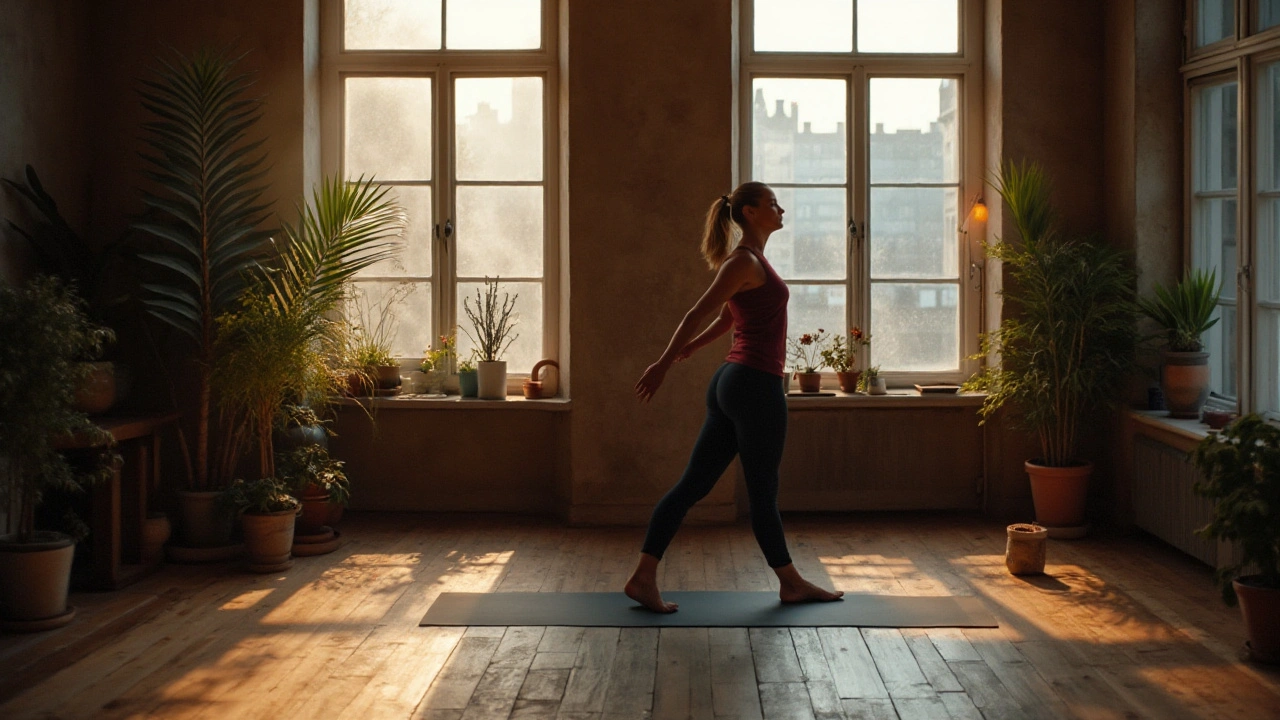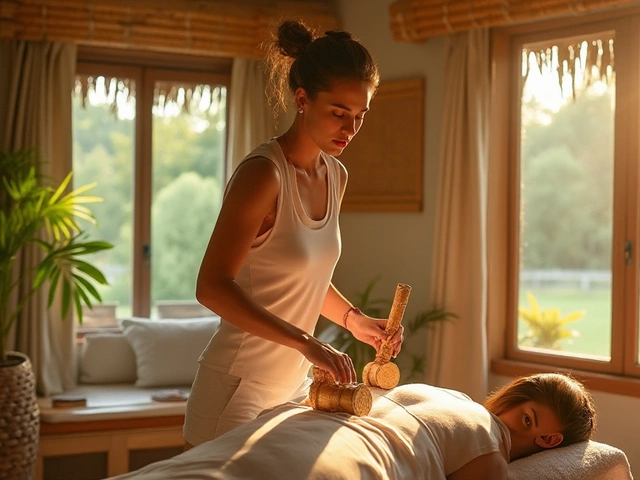Movement Therapy: Practical Ways to Move Better and Ease Pain
Tight shoulders, a stiff lower back, or joints that just won’t cooperate? Movement therapy focuses on simple, guided actions and body awareness to change how you move, so pain drops and mobility improves. It doesn’t rely only on stronger muscles—many methods retrain the nervous system, posture, and the tiny habitual patterns that keep you stuck.
What movement therapy actually does
Most approaches use slow, mindful movement and light hands-on guidance. That helps the brain notice old patterns and choose new, easier ways to move. The result: less pain, better balance, improved posture, and more range of motion. People use movement therapy for chronic pain, post-injury recovery, sports performance, or just to feel lighter in daily life.
Common approaches you’ll find
Feldenkrais uses very slow, small movements to increase awareness and reduce effort. It’s great if you want to improve coordination or make yoga and daily tasks feel easier.
Ortho-Bionomy works with gentle positions and movement to let muscles release themselves. It’s useful if harsh treatments make you sore or if you respond better to gentle touch.
Hellerwork and Rolfing are about structural alignment and posture. Sessions are deeper and aim to change long-term posture patterns that cause recurring pain.
Bioenergetics and polarity therapy add breathing and energy-focused work to movement, helping both mood and physical tension. Trigger-point and acupressure techniques can be added to target stubborn knots and quick pain relief.
If you’re curious about cultural forms, methods like Lomi Lomi, Kahuna, and Hilot pair movement with massage and tradition to help both body and mind relax.
Each style has a different feel—some are gentle and exploratory, others are hands-on and structural. Choose based on how you respond: do you need soft guidance, or do you want deeper structural change?
Here are quick, practical tips to try at home before booking a session:
- Five-minute body scan: Sit or lie down, move each joint slowly and notice where you hold tension. Stop and breathe into tight spots.
- Slow hip circles: Stand with feet hip-width, hands on hips, and make very slow circles. Do ten each direction to find smoother movement in the pelvis and lower back.
- Gentle shoulder rolls while breathing: Inhale as you lift, exhale as you lower—repeat 8–10 times to loosen upper traps.
Choosing a practitioner: ask about training, session style, and what a course of sessions looks like. Try one appointment and see if the approach helps you move with less effort. Many people notice a small change after the first session, with bigger improvements across several visits.
Want to explore more methods or read real user stories? Check related articles on this site for guides on Feldenkrais, Ortho-Bionomy, Hellerwork, and easy at-home practices to keep the gains going.

How Hellerwork is Changing the Game in Body Therapy
Hellerwork is a transformative approach in body therapy, combining deep tissue bodywork, movement education, and dialogue to improve posture and overall well-being. Known for its holistic angle, it aims to help individuals understand the link between physical form and emotional well-being. This therapy isn't just for athletes or those with physical issues but supports anyone looking to enhance body awareness. By integrating Hellerwork techniques, people can achieve better balance, flexibility, and relief from pain.

Unlocking the Benefits of Feldenkrais Method Training
Feldenkrais training offers a unique approach to enhancing body awareness and movement. By focusing on gentle exercises and mindfulness, it helps improve both physical and mental wellbeing. Discover how this method contributes to better posture, pain relief, and flexibility, while also fostering a deeper connection with one's body. Ideal for those seeking alternative therapies, Feldenkrais provides long-term benefits without invasive treatments.
Categories
- Health and Wellness (148)
- Alternative Therapies (86)
- Massage Therapy (40)
- Travel and Culture (15)
- Beauty and Skincare (9)
- Holistic Health (8)
- Health and Fitness (5)
- Spirituality (5)
- Other (2)
- Personal Development (2)



